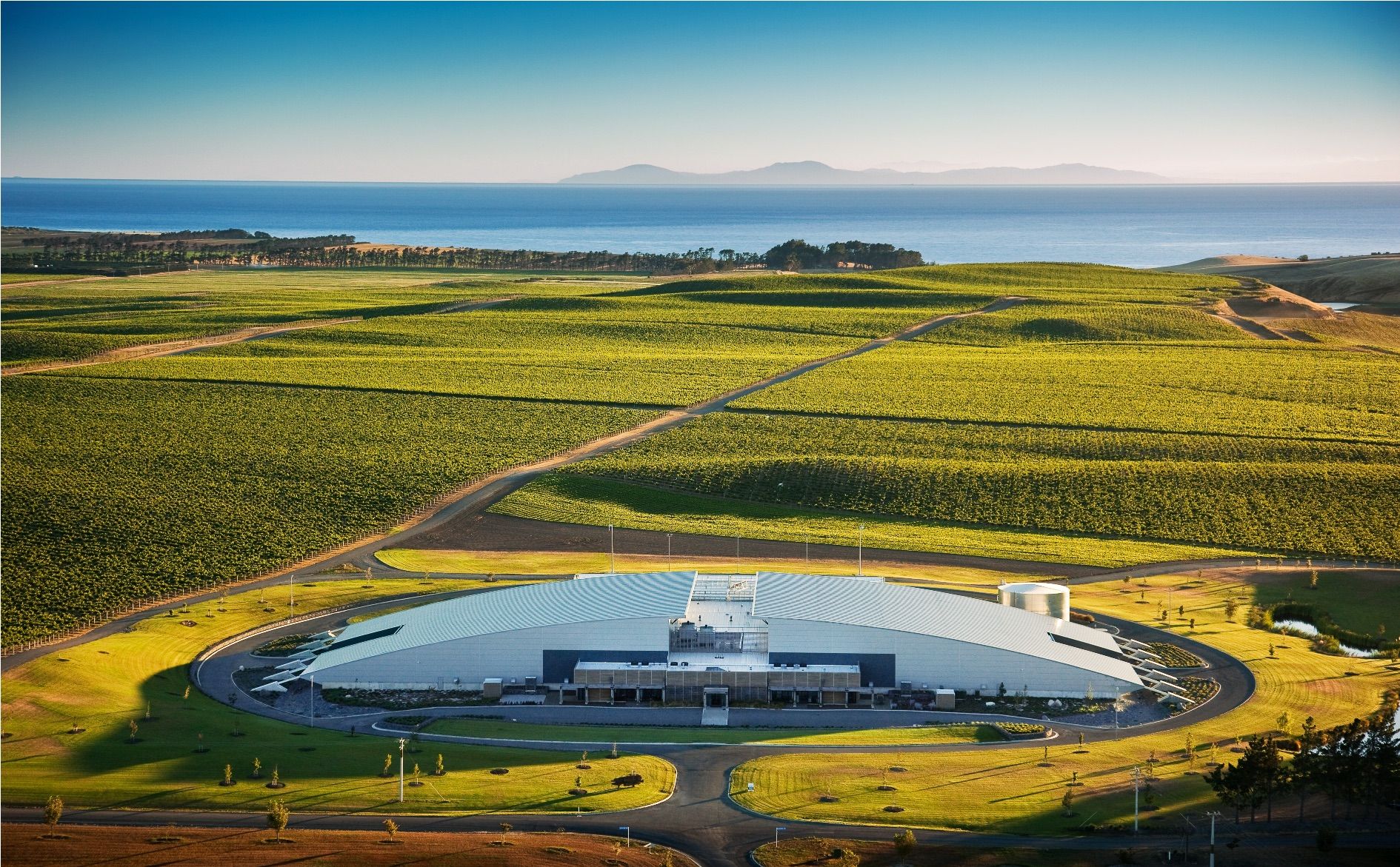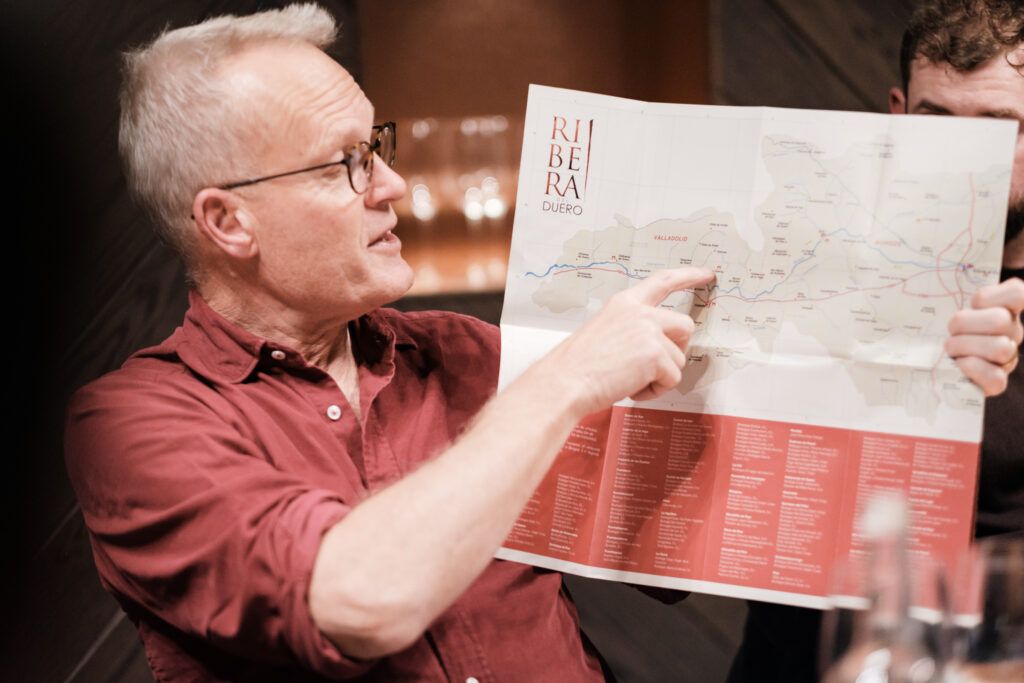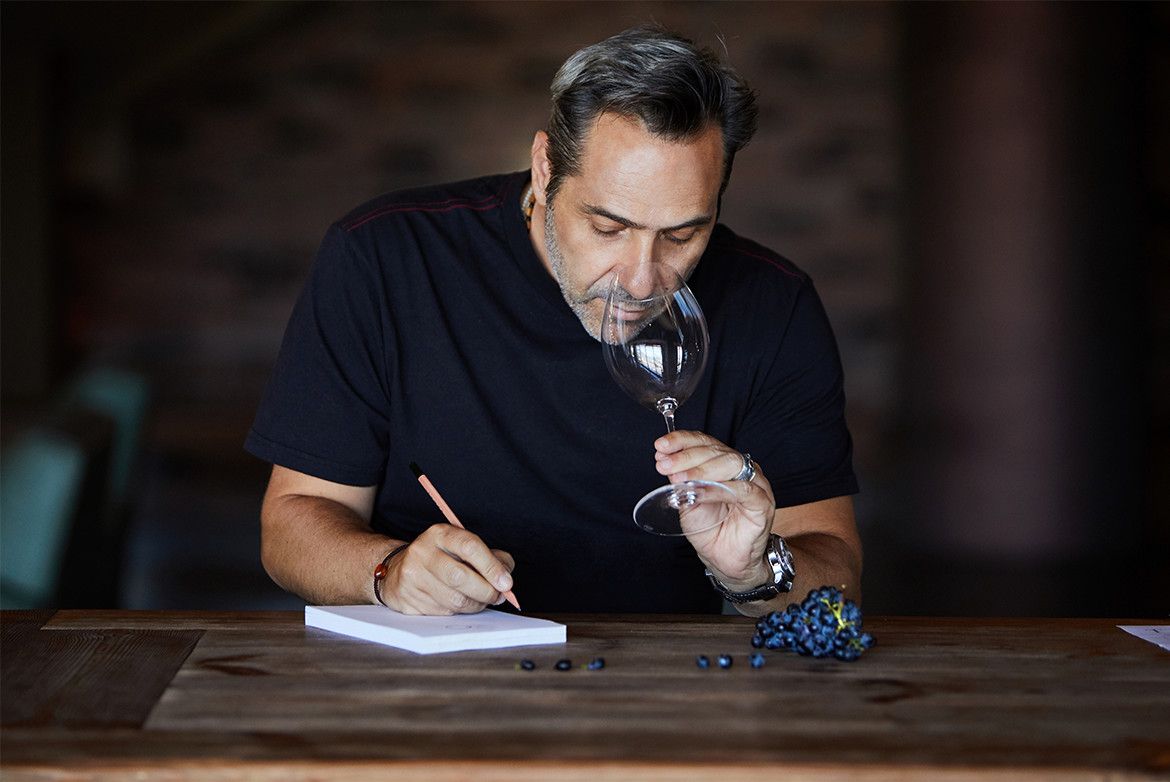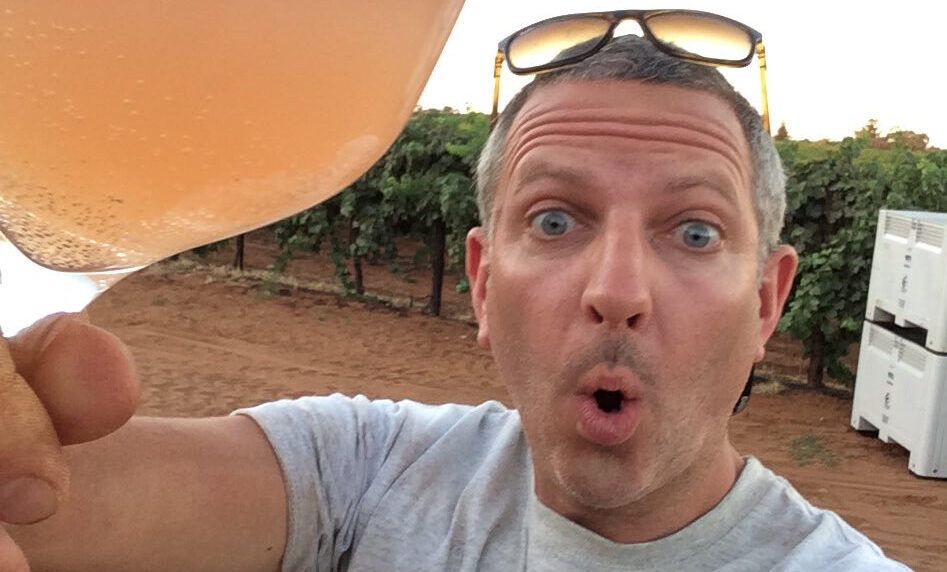Christensen explains that the winemaking operation is set up to educate themselves internally – testing different strains of yeasts with an open mind.
What happens when you put a classically trained double bass player, ex-volunteer fire-fighter and barmaid with a degree in psychology, a graduate diploma in oenology and winemaking experience in Galicia, Oregon and Bordeaux in charge of winemaking at large Marlborough estate Yealands?
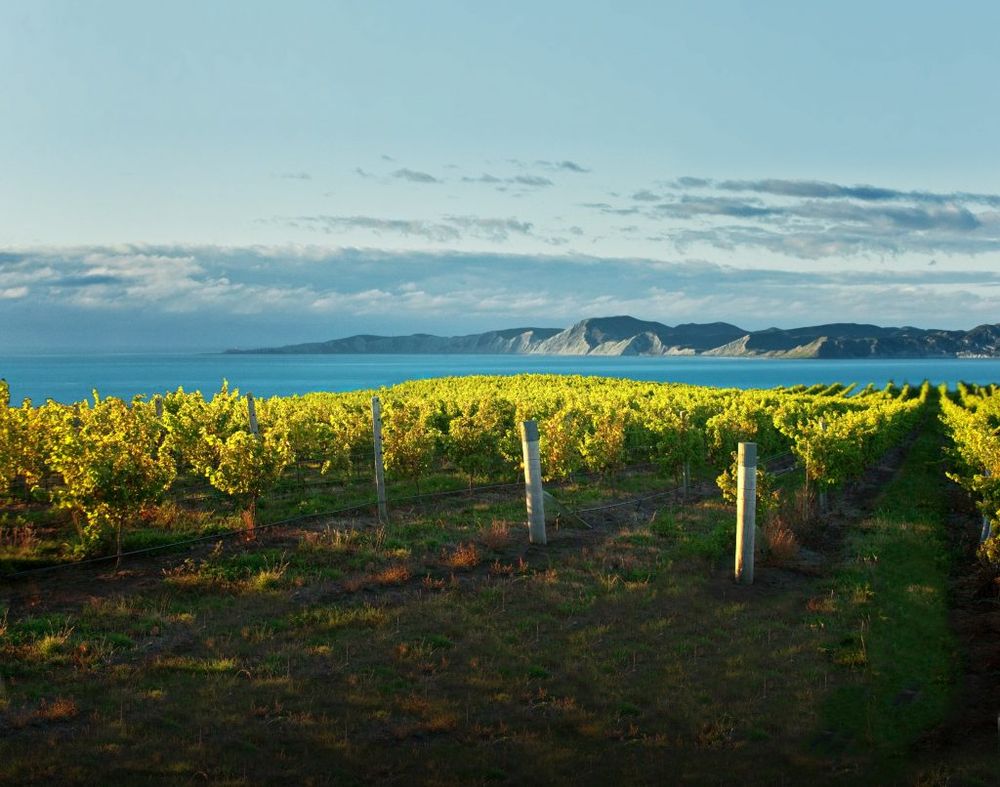
The Yealands winery has a spectacular site close to the ocean
You get great wine of course – award-winning in fact. Natalie Christensen does not boast about these things, she only reveals them when asked about her background, bit by bit, as though this kind of well-rounded education was irrelevant to what she does, when the opposite is true, of course.

Natalie Christensen, senior winemaker, joined Yealands after completing the 2014 and 2015 harvests, where she works under chief winemaker Jeff Fyfe
Christensen was in London to talk about some of the Pinot Noir experiments she is conducting at Yealands and to give a sneak-preview of two 2017 Pinot Noirs.
The first thing she showed was a comparative sample of a successful yeast trial. At a time when so many boast about their non-interventionist approach and their wild ferments, the fact that many large wineries simply rely on cultured yeasts to make sure all their ferments run smoothly to a finish is often forgotten: there is just too much risk riding on anything going wrong: contracts have to be honoured and distribution schedules met – there are livelihoods at stake.
Christensen’s trial concerned a non-Saccharomyces yeast. While wild yeast populations are very diverse, the relatively alcohol-tolerant yeast known as Saccharomyces cerevisiae is the one that usually takes over once a ferment gets going and finishes it.
Most commercial yeasts that you can buy freeze-dried are also strains of Saccharomyces cerevisiae. Thus anything that deviates from this norm is interesting and might hold potential for winemaking.
Chr.Hansen, a Danish bioscience company, has isolated and developed a special strain of Kluyveromyces thermotolerans. While its initial premise was to give freshness to wines by producing lactic acid, one of its benefits is added complexity of flavour and texture and this is exactly what Christensen wanted to show.
A tank sample of the Yealands Estate Pinot Noir 2016 that was fermented using this yeast under its commercial name ‘Concerto’ was indeed more heady and spicier than its Saccharomyces-fermented control counterpart. It showed really high-toned cranberry notes and for me also had beautiful precision of tart red fruit and spicy briar notes.
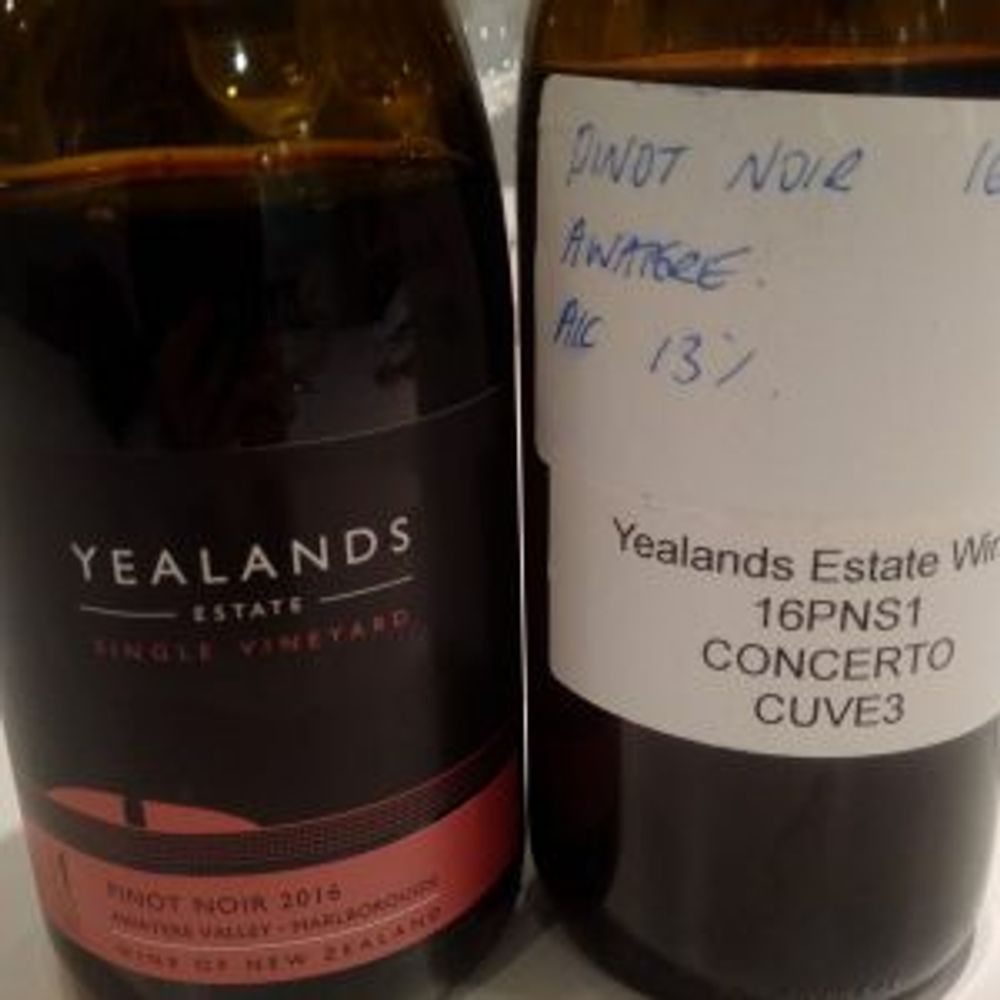
Christensen says: “It gives incredible and unusual lifted sweet fruit character and a plush palate. It also was a very clean and stable ferment; the anthocyanins [the colour extracted from the grape skins during fermentation] are really stable. I personally think that on its own it’s a bit out there but it makes a beautiful component of a blend. It adds interest in terms of aromatics and a textural element. It over-delivers and is such a good tool.”
You can tell that Christensen is having fun trying these things out “We are set up to educate ourselves internally. We are not scared of other yeasts, we are open,” she says. “And if we come up with something that’s beneficial.”
Dry farming and eggs are also being experimented on at Yealands
But this is not the only trial going on at Yealands. Over the past year Yealands also explored the possibility of dry-farming. Water is a precious resource and being able to do without it, or just less of it will be a huge leap forward in terms of sustainability.
In tandem with the local consultant Dr Mark Krasnow the Willowflat Vineyard in the Awatere Valley, a site of free-draining alluvial gravel was chosen as the guinea pig: Krasnow measured the stem and leaf water potential of the vines every day over the critical post-veraison growing season of 2017 when these vines were not irrigated to see if they were too water-stressed. They were not and the irrigation was not switched on.
Since 2017 was a cooler season this worked well and trialling will continue. “There are just so many factors that are a massive bonus,” Christensen emphasises. “It’s not only about the water but also about the power used to pump it and the quality of fruit.” However, Christensen’s sphere is clearly in the cellar where she happily experiments with larger barrel sizes, wild ferments, whole bunch ferments and carbonic maceration.
In the coming season she will have a new toy to play with: a stainless steel egg fermentation vessel that one of the resident engineers managed to build.
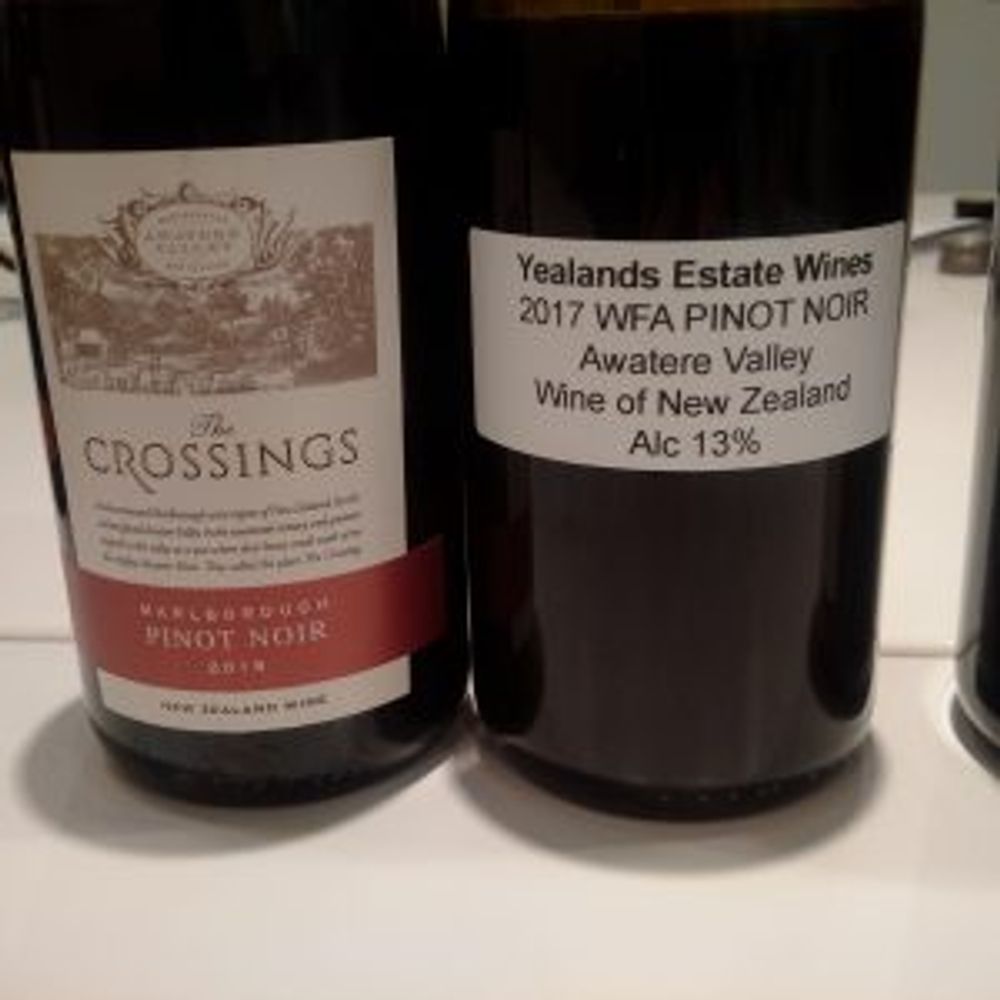
Excitingly, Christensen has also brought tank samples of the final blends for the Yealands Estate Single Vineyard Pinot Noir 2017 and the Yealands Estate Winemaker’s Reserve Awatere Valley 2017. Both show the more slender and restrained nature of the cooler 2017 season which suits them well.
While the Winemaker’s Reserve 2017 is clearly too young, the Single Vineyard Pinot Noir 2017 (whose award-winning 2016 counterpart retails for just £16) was full of promise with its lovely purity of fruit, fresh balance and tingling white pepper spice. It’ll be interesting to see what Christensen does next: she’s that wonderful combination of a pair of safe hands, level-headed optimism, great imagination and fun.
Yealands wines are distributed in the UK by Enotria&Coe. To find out more about them click here.
